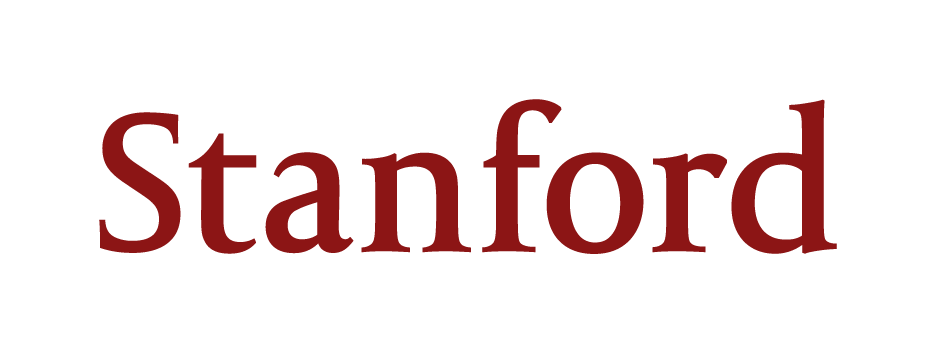K-12 Teaching Under the Threat of Suppression: Fugitivity as Resistance in the Contemporary Moment

Everything is on fire. Fueled by white supremacy and anti-Blackness, the contemporary moment in education is marred by political extremism, manufactured outrage that has led to widespread book bans, a conservative push to sanitize and distort history, and the expansion of carceral logics in classrooms and school spaces. As a result, students (and teachers), especially those with marginalized identities, are denied access to knowledge that they deserve and need to survive as well as thrive in U.S. society. Marginalized students are faced with negotiating tensions in schools and efforts that increasingly seek to write them out of historical memory, push them out of schools physically, psychologically and spiritually, police them, and hamper their ingenuity and intellectual prowess.
In the present sociopolitical climate, educators most urgently need to ask ourselves: How are we caring for our multiply-marginalized students, those who are most targeted and affected by the current political landscape? How do we best support them and their families? With whom can we do this work alongside? Below we ruminate on collective approaches to fugitive acts that we can enact in our work with multiply-marginalized children and youth.
Historically, when racially minoritized populations were purposefully and maliciously oppressed, educators of Color engaged in collective acts of teaching and learning that have been discerned as “fugitive.” These collective “fugitive acts'' were a form of resistance to the status quo of schooling and sought alternative realities rooted in liberation. Examples include enslaved Africans engaging in literacy practices despite the risk of death as well as the resistance against abuse and assimilation within “Indian boarding schools”.
Despite the bleak realities of curricular omissions, suppression of factual historical narratives, and challenges to equity and inclusion in our present poltiical moment, educators are finding ways to engage in fugitivity within and outside school walls. Educators, predominantly those of Color, resist by asserting that students with marginalized identities have a right to learn and exist in schools and curricula both presently and in the future. They are ensuring that buried truths, hidden stories, and marginalized histories get told and that conservative racist ideologies do not erode the U.S. educational system. They are defying the push for historical erasure, fighting against book bans, and creating community-based educational spaces for students to flourish.
Fugitive acts are an ongoing process rather than a static end point. Black feminist theorist Dr. Tina Campt defines fugitivity as a continuing practice that “highlights the tension between the acts or flights of escape and creative practices of refusal, nimble and strategic practices that undermine the category of the dominant.” Fugitivity is not only about refusal of oppression, but also about creating alternative possibilities in the face of problems. As educators, fugitive acts center the most marginalized youth in our work within and beyond the classroom. More importantly, our fugitive acts go beyond the rhetoric of simply identifying and critiquing problems in society but being spurred to action to affect change and actualize justice.
So how do educators take up an ethos of fugitivity in classrooms and schools? How do we create a school environment (e.g., in classrooms, hallways, lunchrooms) that inherently challenges the contemporary moment, dominant ways of being in schools, and engage in a politics of refusal? This is not an easy or formulaic undertaking. Instead of providing a “one size fits all” approach to this work, we invite you to enter the realm of reflection and contemplation. We humbly offer three courses of action as we consider how to authentically engage in fugitive practices.
1. Cultivate a space where students can take refuge throughout the day that fosters discourse within and beyond the curriculum
Students are entering schools and classrooms with a wealth of knowledge about themselves and the world around them. Are we creating learning opportunities and experiences where students can process the persistent inequities in society, be it poverty, racism, continued discrimination in immigration policies and practices, or issues related to dis/ability? Have we designed a learning space that allows for the development of joy, love, care, and hope within our students? Schools should be a place where students are not simply taught skills, but are able to consider the harsh realities of their local and global communities. Intentionally integrating and pondering sociopolitical realities with students, even in the face of constant attacks on antiracist curriculum and pedagogy, supports their critical thinking and analyses of the world and combats insular, individualistic, and racist ideologies.
2. Consider ways to nurture the dreams of students, families, and colleagues
Despite the bleakness of the current education system, we must begin our school year with optimism and hope. Ytasha Womack identifies optimism and hope as tenets of Afrofuturism which guide our reflections on the past, critiquing the present, and envisioning a new future. Afrofuturism invites us to move beyond despair for the sake of a brighter future. The school community may not have always had the best relationship with its students, families, and colleagues. Reflecting on this and having the ability to identify how we have navigated our past relations is essential to moving forward and creating a new future.
Ask the school and local community to set out not just goals, but dreams for the school year. What are their hopes and visions? How can our roles as educators be tied to them and how can we support them in bringing them about? How can our and their dreams collectively build a road guiding us to an education space that is fugitive in the face of immutable structural and institutional racism? How might students bring their own joy into the classroom and how can that joy be fostered and sustained? We may also ask what love looks like in the classroom and how we can curate love between students, teachers, and their families. Lastly, contemplate: how are we fostering hope in our learning spaces in a world where hope is often minimized by reality? When we reshape what we know to be possible we can face reality with courage and community.
3. Join an activist-oriented organization that encourages community-building, antiracist identity building, and political action
Many states are making it increasingly difficult for educators to integrate critical and antiracist pedagogy into their teaching practice. Yet many classroom teachers remain committed to teaching the truth about U.S. history and the present state of political affairs. Throughout the U.S., there are many groups and organizations that have been established and maintained for the purposes of challenging the status quo within schools and beyond. These groups, such as Abolitionist Teaching Network, The People's Education Movement, and New York Collective of Radical Educators are thriving in the face of opposition and striving to undermine the white supremacy embedded in schools, and the erosion of teachers’ professional identities. Even at this moment, these and other grassroots organizations (see The National Network of Teacher Activists Groups, The Black Teacher Project, and Association of Raza Educators) are building capacity to enact change in K-12 schools and work toward transformation. Seek out membership in one of these organizations and lend your voice to the fight for educational equity beyond the school day. Fugitive ways of being in and outside of schools such as this have always been a part of movement building and they provide humanizing contexts for educators seeking to implement justice-oriented pedagogy.
As we grapple with the grim political, economic, environmental conditions in front of us, we urge you to consider what is at stake and your role in this work. There is no prescriptive how-to manual for taking up a fugitive stance; yet, there is room to create and build with resistance and solidarity in mind. What fugitive practices will you engage in to resist the dominant paradigm of education that pushes against individualism and capitalism impetuses? What fugitive acts can you support in the learning communities you serve? By engaging in fugitive pedagogy, you are pushing against the dominant rhetoric and educational climate that excludes our most marginalized learners. You are cultivating spaces for joy, love, care, and hope. Dr. David Stovall reminds us that fugitivity is not about “running from something, but running to something…run[ning] while fighting.” This work is often arduous, lonely, and it comes at a personal and professional risk. At the same time, this work is not new, yet it is urgent and absolutely necessary. Together, we can envision and create a world we want within and beyond our classrooms, inspiring all students to (re)imagine and create new present and future worlds rooted in liberation.



